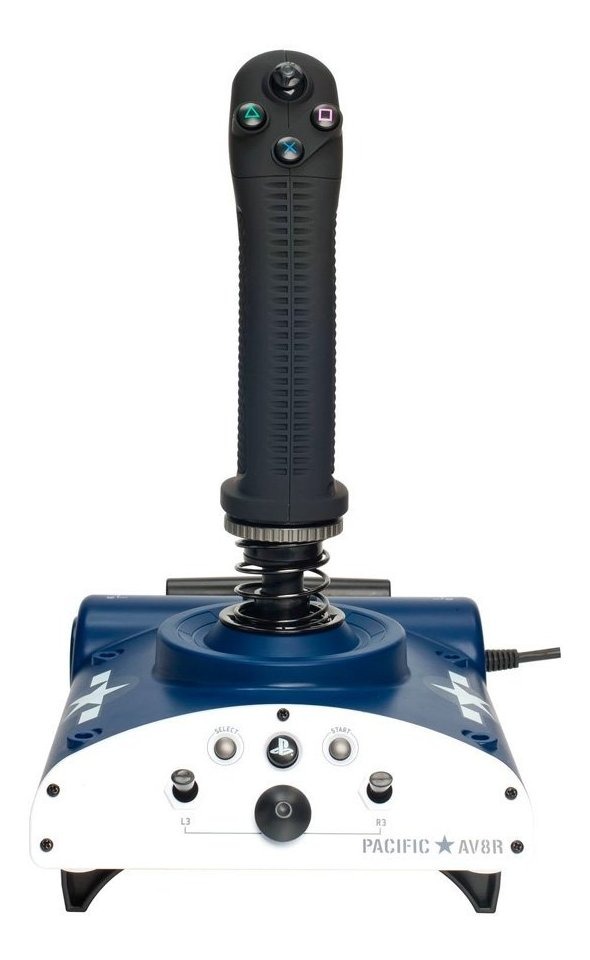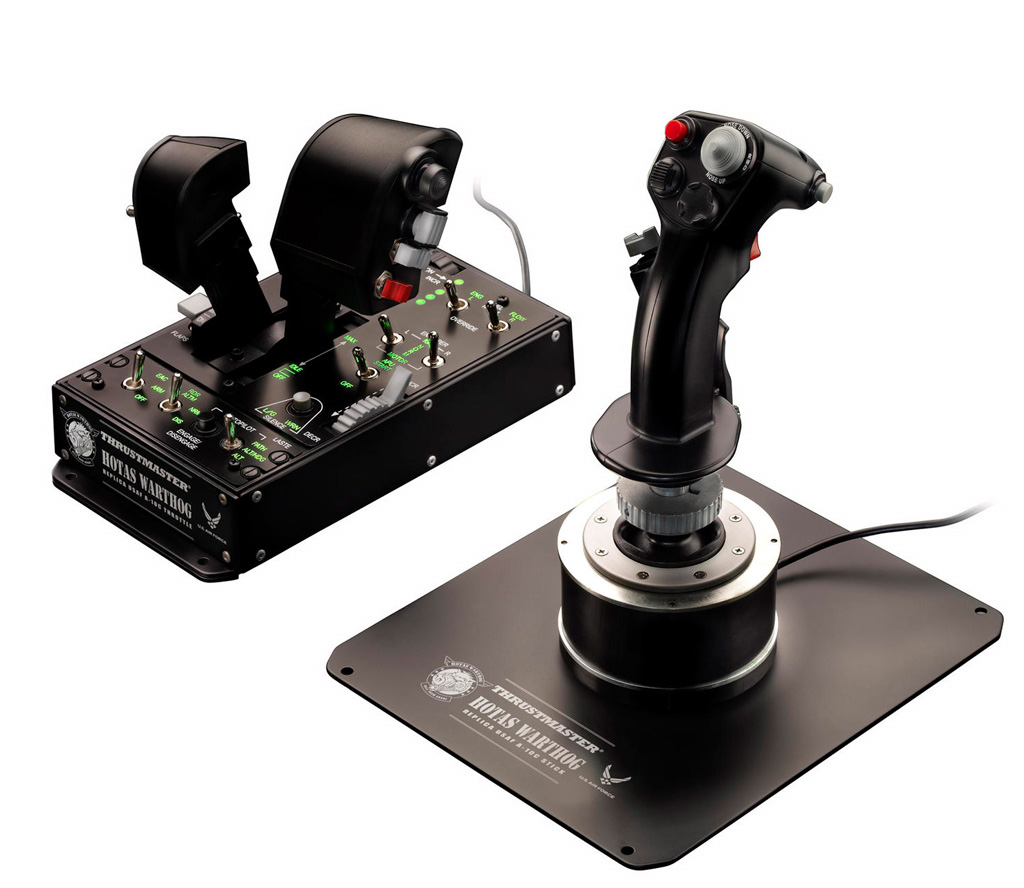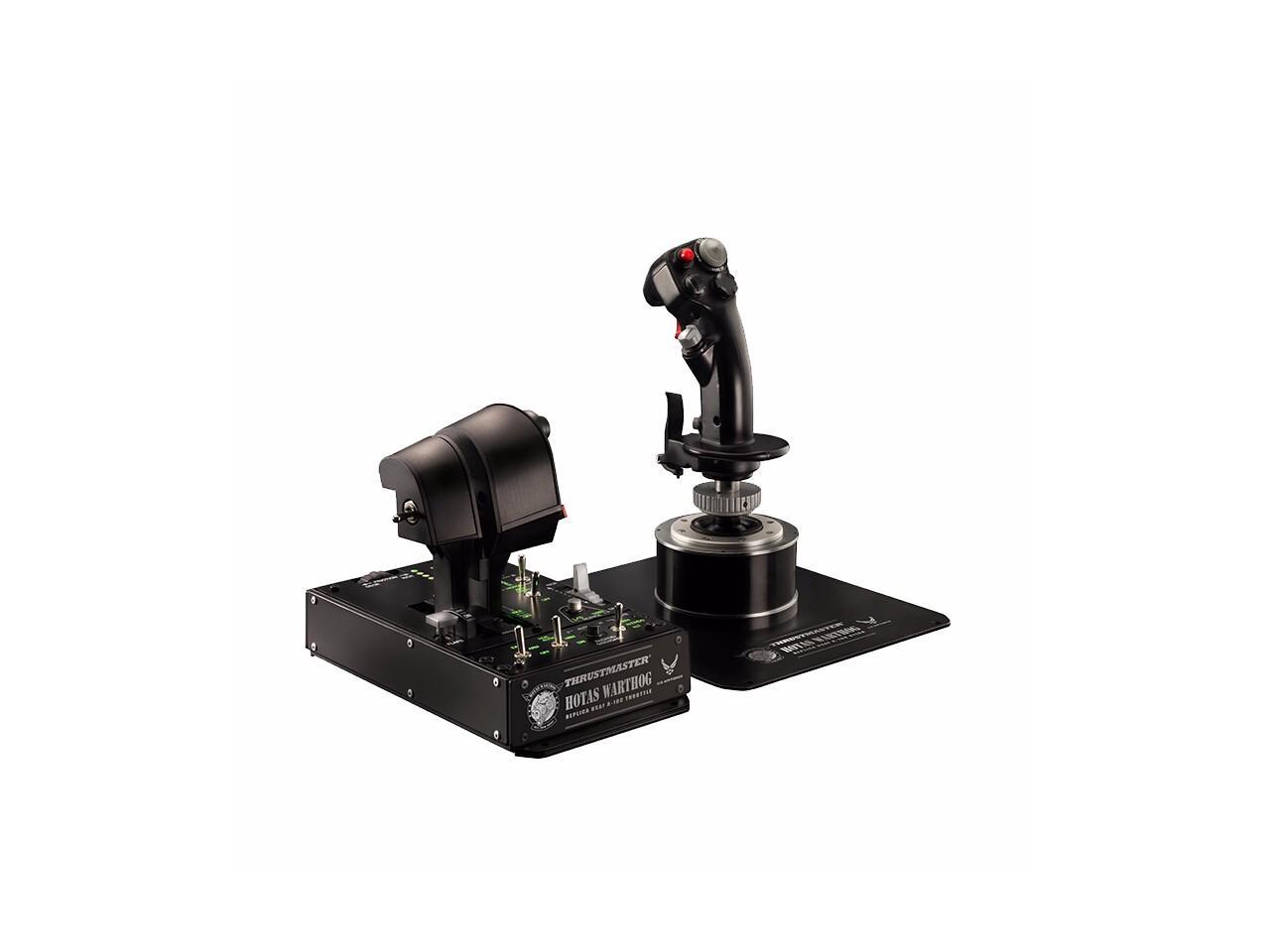

Most yokes are coupled together, having a single track of mind when one makes an instant control input unlike the stick which can make independent, multiple instructions to the aircraft.Īside from giving visual feedback to control positions, they are also less sensitive to maneuver as compared to sticks because they take up a lot of space, concealing other controls from the their line of view. They require extra effort as the arm movement gives a longer lever to operate since yokes are larger in size. Yokes work by mechanical-driven system in which they are directly connected to the control surfaces with cables and rods. It’s the traditional form of the joystick used as leverage to control the attitude of the plane. Sticks are often built in modern military fighter jets like the F-16 Fighting Falcon, Mitsubishi F-2 and Dassault Rafale light aircrafts such as the Piper Cubs, DA20, DA40, and DA42 from the Diamond Aircraft line and finally, civil aircrafts like the Airbus, which has the largest passenger jet in service, the Airbus A380.Ī yoke, on the other hand, is easily recognized as the control wheel of the aircraft. It’s a popular choice among pilots and pilot-trainees since it’s more sensitive function-wise, allowing rapid and independent movements as commanded by the plane’s computer to reduce the pilot’s workload.

They are usually accompanied with a maximized surface area of dials, buttons, and switches to help the pilots manage flight precisely. Joysticks are mechanically put together to serve both the pilot’s and copilot’s control inputs in flight operations and is centrally arranged on a two-seater flightdeck. They are commonly placed in aircrafts that are supported by fly-by-wire control systems, which is considered to be the most conventional in aircraft design. Stick controllers – side or centre joysticks – are technically very simple to install and use.

While both modes of transition are essential to flight training - either one still requires fundamental flying skills, and preference is entirely up to debate, usually on the design and functional differences. In aeronautics, these pieces of maneuverability are central to flight control.They are also designed for ease, comfort, and most importantly, movement to artificially establish association between the pilot and his machine. Aircraft Control: Stick Or Yoke? Why Is It Important To Master Both?īoeing use yoke while airbus use the stick to control the aircraft.


 0 kommentar(er)
0 kommentar(er)
